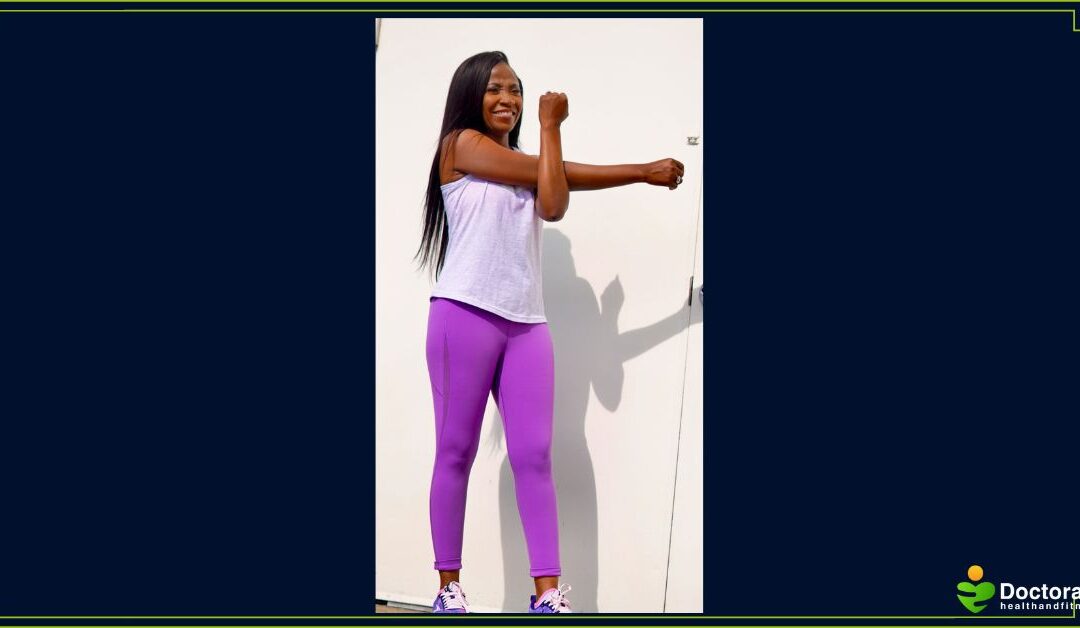Yesterday, I received a call from my 80-year-old dad, who proudly informed me that he now exercises for 20 minutes every morning! So, I asked him what kind of exercises he does. He replied, “Oh no, I don’t jump, dance, or lift iron like you, but I do my stretch exercises.” He then explained how he stretches every muscle group in his body first thing every morning. Interestingly, this was the lengthiest conversation my dad and I have ever had about exercise or fitness. When I asked him where he learned all these, he said, “The school of social media.” Well, I am glad social media taught my Octogenarian dad the importance of stretching, among other things. So, how important is stretching as we get older? What types of stretches should we do, and how often? First, let’s take a closer look at stretching.
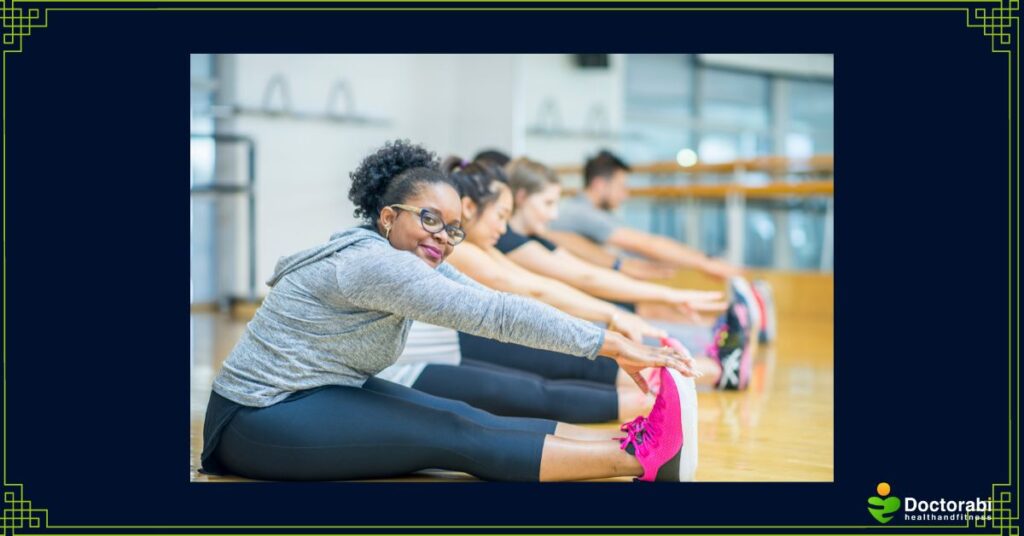
What is stretching?
Stretching is when we deliberately put a body part in a certain position to lengthen and elongate our muscles so they can become more flexible and elastic.

What are the benefits of stretching?
- Your muscles become more flexible.
- Your muscle range of motion and mobility increases.
- You become less prone to injury.
- You age gracefully and healthily.
- Stretching improves your posture.
- Stretching reduces muscle stiffness, aches, and pains.
- You can perform more physical activities.
- Stretching improves your blood flow and circulation.
- Stretching can help you to relax and de-stress.
- Your quality of life increases because you can move more easily and have less pain.
- Stretching improves your health and well-being by helping to reduce your blood pressure, heart rate, and breathing rate.
- Stretching improves your balance and coordination.
As you can see, stretching is not only for fitness enthusiasts but has benefits for everyone. Moreover, as we age, our muscles become weaker, and we are less flexible. Therefore, daily activities like standing up from a chair and getting in and out of bed become increasingly difficult.
Studies show that stretching can restore muscle strength and flexibility. As a result, we remain mobile and independent even in old age. Fortunately, stretching can be done by anyone and requires no equipment.

How should you stretch?
- Always warm up before you stretch. Try walking for 5 to 10 minutes before you start stretching. Warming up first increases blood flow to the muscles and makes them more pliable to change as you stretch them.
- Hold each stretch for 15 to 60 seconds, depending on your comfort level.
- Take deep, slow breaths as you stretch.
- Stretch until you feel tension in the muscle, and avoid stretching to the point of pain.
- Avoid bouncing while you stretch, as this can increase your risk of injury.
- Try bringing gentle movements, such as those in tai chi, Pilates, or yoga, into your stretches to improve your flexibility, balance, and coordination.
How often should you stretch?

Although you should stretch daily, start by aiming for at least two to three weekly stretch sessions that target each major muscle group. The length of your stretch sessions will vary depending on how long you spend holding each stretch.
It is also important to stretch periodically throughout the day, especially if you tend to sit or stand in the same position for a long time. If you have a desk or computer job, remember to stand and stretch intermittently throughout the day.
For the best results, you must stay consistent because occasionally stretching will not give you all of the desired benefits.
Which muscle groups should you stretch?

Well, our bodies have many different muscle groups. But the good news is that we don’t have to stretch every muscle group daily. Focus on major muscle groups needed for your mobility and function. The muscle groups to concentrate on are your calves, thighs, hips, lower back, neck, and shoulders.
Simple stretch exercises to try
A. Neck stretch: Click the link to watch a video demonstration.

B. Shoulder stretch: Click the link to watch a video demonstration.

C. Hip rotation: Click the link to watch a video demonstration.
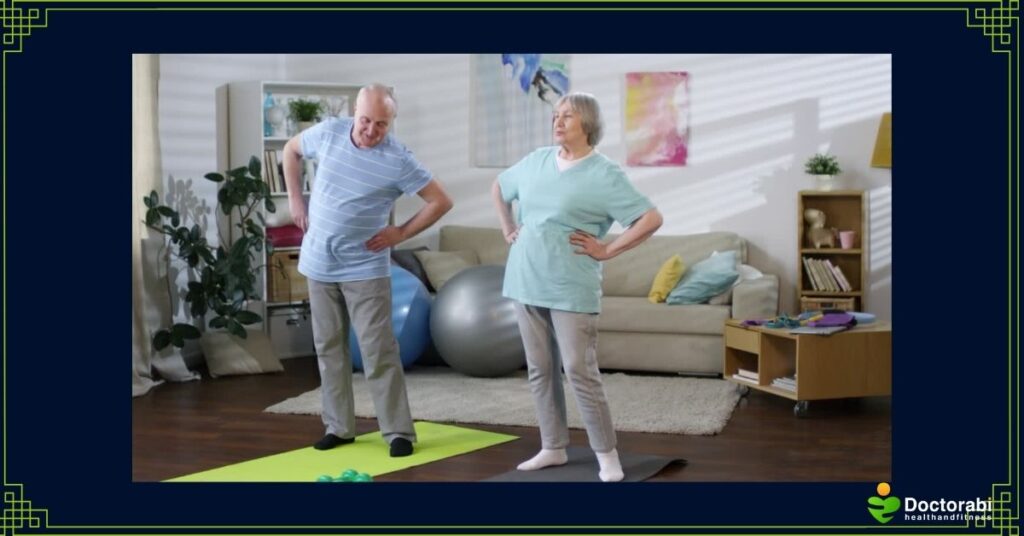
D. Lower back stretch: Click the link to watch a video demonstration.
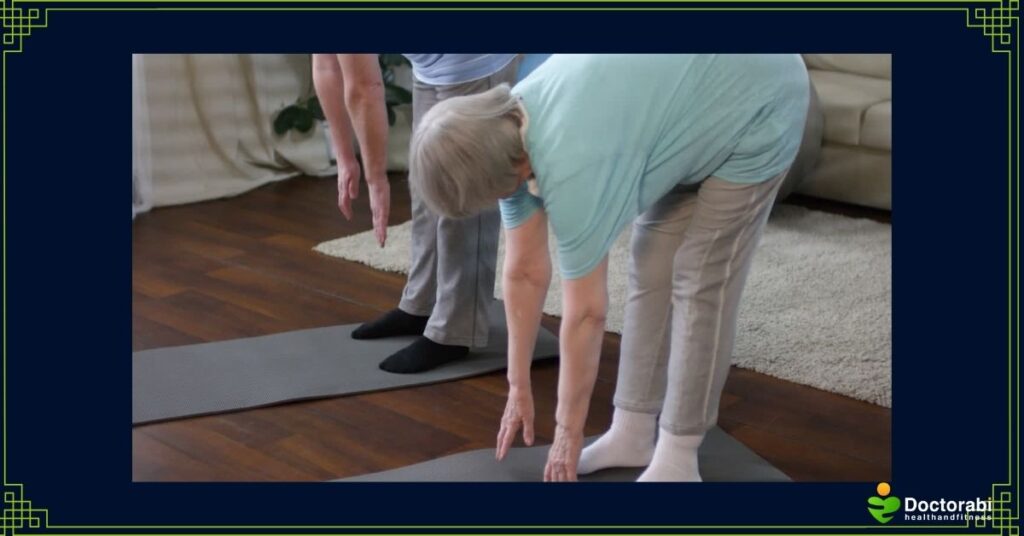
E. Thigh stretch: Click the link to watch a video demonstration.

F. Calf stretch: Click the link to watch a video demonstration.
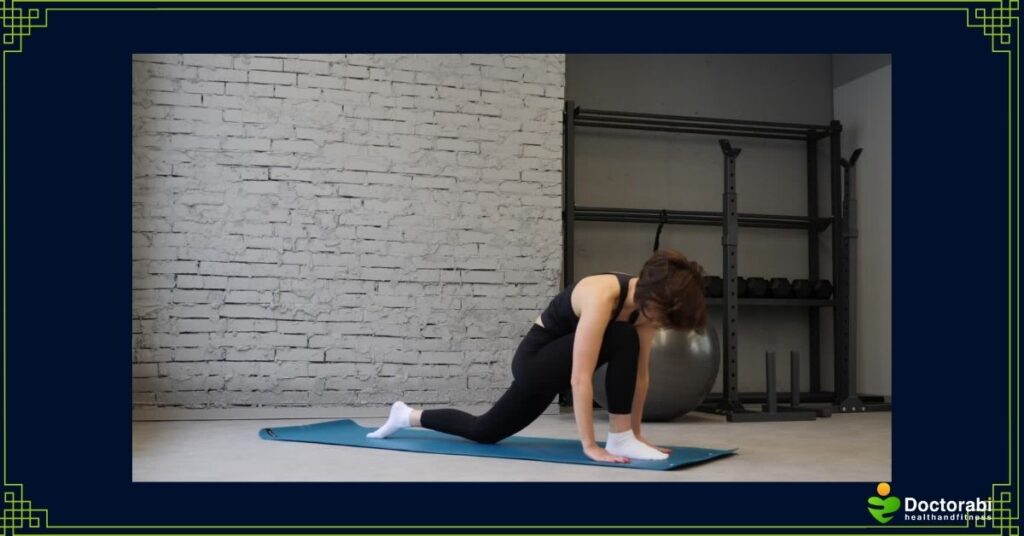
When should you avoid stretching?
Overstretching or incorrect stretching techniques can lead to injuries. Avoid stretching parts of your body affected by an infection, inflammation, trauma, or unhealed fracture. Also, avoid stretching if you have sharp pain during joint movement.
If you have a chronic condition or previous injuries, consult your doctor or physical therapist for stretches that are best for you.
Final thoughts

When I was younger, I skipped stretching altogether. Then, I felt it was a waste of time, but not anymore. I look forward to my stretches now because I know better. However, it is still disappointing when my fitness watch tells me I burned only 50 active calories after a 30-minute session. But I feel stronger and more limber with fewer aches and pains afterward, and I know deep down that I have accomplished a lot for my long-term flexibility and mobility.
I am aware that my preoccupation with not burning enough calories while stretching is a mindset thing and that I need to change my mindset. As a matter of fact, I need to ditch my fitness watch while stretching and focus on my mindfulness and how much stronger I am getting. I am not there yet, but I will get there! If you want to learn more about changing your mindset toward exercise in general, check out “Change your Mindset towards Exercise.”
So, how about you? How do you plan to incorporate stretching into your daily routine? Remember that you can always start small and make it simple!
Please feel free to share your comments below and also share this article.
Yours in health and fitness,
Doctor Abi.

